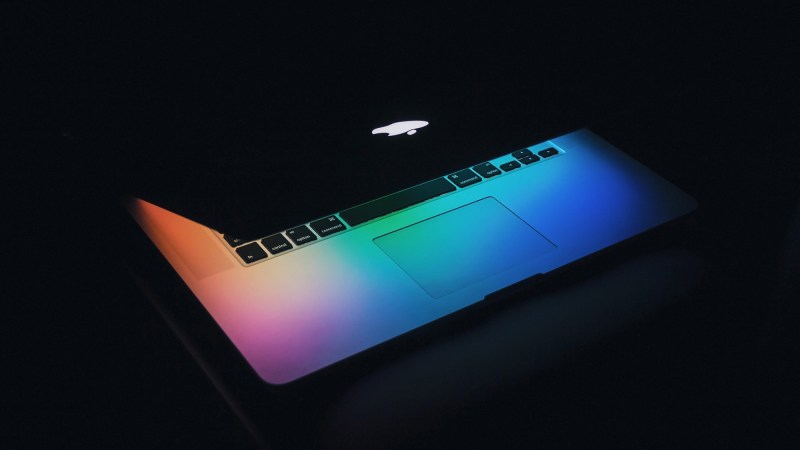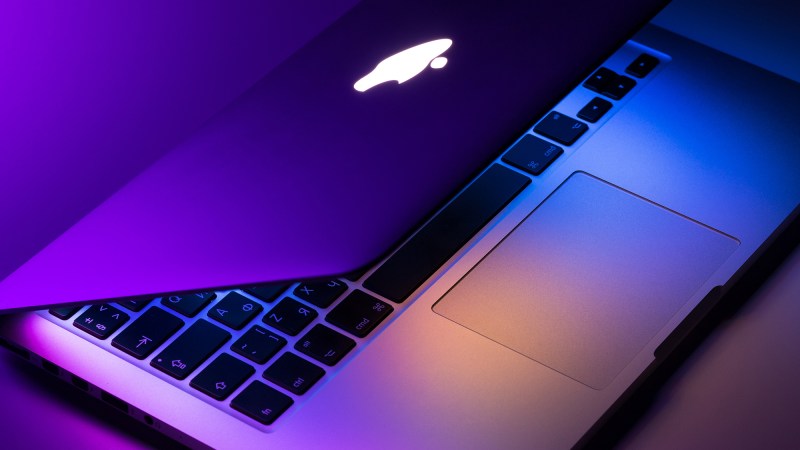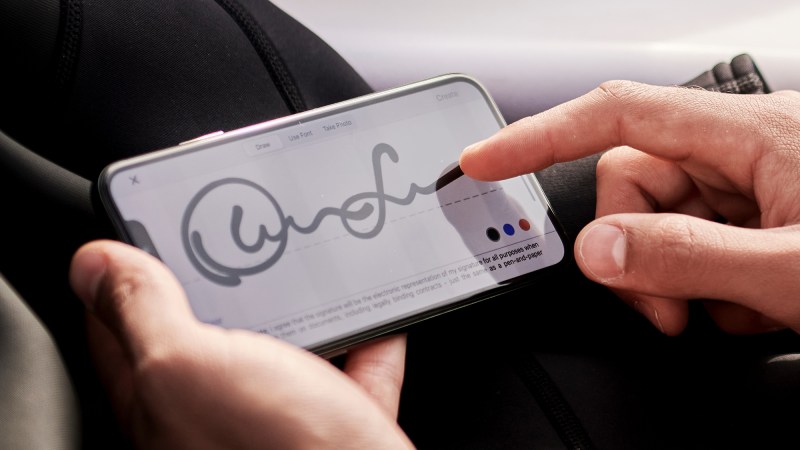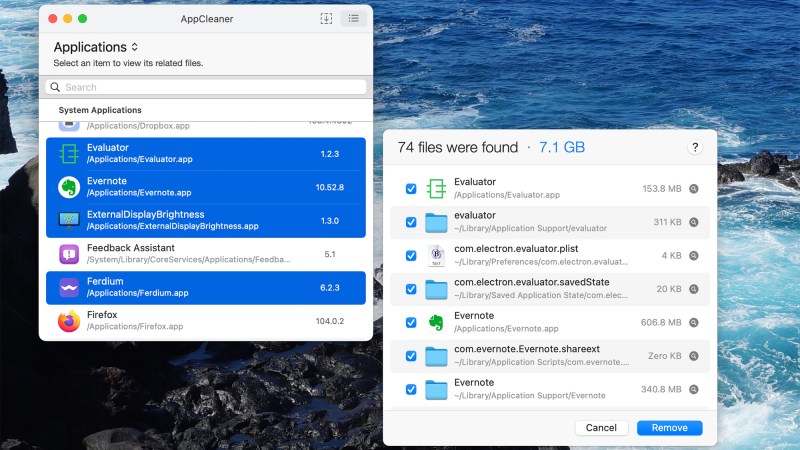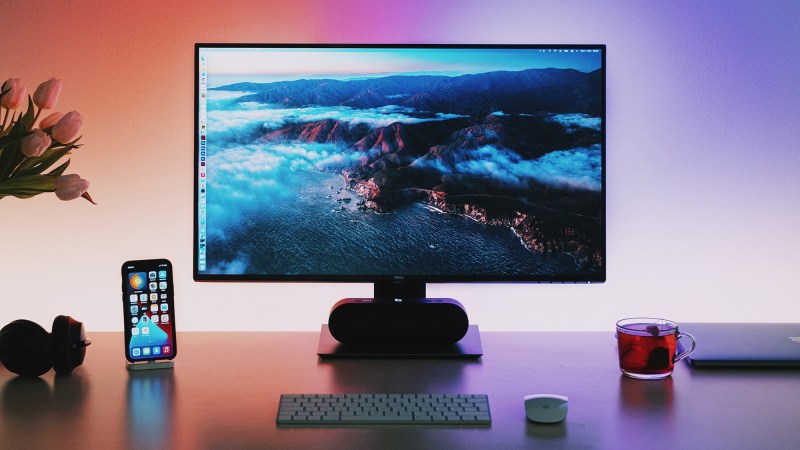

The Mac menu bar is iconic. With the Apple logo in the top-left and the text menu for the current application to the right, this feature has been at the top of the screen of every Apple computer since 1981. The last big update came 10 years later when the Cupertino company added icons to the right side. The menu bar has more-or-less looked the same ever since.
But just because Apple hasn’t really changed the menu bar in the last 40 years doesn’t mean you can’t change it now. There are all kinds of subtle ways you can take control of how the menu bar looks and functions, starting with the order of those icons in the top-right corner. Here’s how you can customize the Mac menu bar to work just the way you want.
Organize your Icons
It’s definitely not obvious or intuitive, so it’s ok if you didn’t know that you can rearrange your menu bar icons: Just hold the Command key and drag your icons into whatever order you like. This works for every icon except three: the Control Center icon, Siri, and the clock. Those stay in the top-right corner no matter what, but everything else is fair game.
Customize your system icons

By default, the Mac includes icons for Siri, Wi-Fi, and your battery in the menu bar. If you’d rather not see those icons all the time, don’t worry: just head to System Settings. You can get there by opening the dock icon with the gears, or clicking the Apple logo in the top-right corner and then choosing System Settings in the emerging menu. Head to Control Center on the sidebar to configure which system icons you want to show up in the menu bar. This can be a quick way to remove clutter or add relevant information.
[Related: 4 tips and hidden settings that will speed up macOS]
You can also customize the clock from here, allowing you to add the date, day of the week, and even the seconds. You could also replace the text showing the time with an icon of an old-school analogue clock, if you like.

What you can’t tweak here is icons for your applications.
Stop the transparency
The menu bar, by default, is slightly transparent, allowing a little bit of your desktop wallpaper to bleed through. If you don’t like this effect (and the other transparency in the macOS operating system) head to System Settings, Accessibility, and click Display. Check Reduce transparency and your menu bar will be solid white in light mode and solid black in dark mode.
You can also customize the size a little bit—beside Menu bar size check Large and the text in the menu bar will be a slightly bigger.
Hidden Bar is a free application for hiding the clutter
Way too many applications insist on putting something up in the menu bar, so the top-right corner of your screen can quickly look cluttered. The worst part is that there’s no native way to hide icons in macOS the way you can in Windows, for example, where you can move them to a secondary tray. On the Mac, meanwhile, the only way to hide an icon for a given application is to dig around in the app settings and hope it offers a solution—it’s a hit or miss sort of situation.

Fortunately, there’s a free application called Hidden Bar that brings this feature to the Mac. Download it from the App Store so you can hide icons by dragging them to the left while holding Command. You’ll be able to see all hidden icons by clicking the right-pointing arrow.
It’s a very simple application that gets the job done. Why Apple hasn’t built something like this into the operating system, I will never understand.
Bartender hides icons and changes how the menu bar looks
For many the free Hidden Bar will do the job, but Bartender ($16) offers customization options the former doesn’t have.
Yes, you can hide icons by dragging them to the left, just like you can with Hidden Bar. But you can also create a custom rule for when to display certain icons. Want to see the battery icon, but only when you’re not plugged in? Bartender can do that, and also show you the Wi-Fi icon only when you’re not connected to a network.

You can also change the look of the menu bar with this application—apply a color tint or add a border. You can bring back the drop shadow that Apple recently removed, or even round the corners of the menu bar so it looks less like a block.
[Related: Master your Mac by creating custom keyboard shortcuts]
Basically, if you want to tweak every aspect of how your menu bar works, Bartender is the application you’re looking for.
Hide the menu bar altogether

Customizing the menu bar is all well and good, but what if you just wish it would go away? You can hide the menu bar in System Settings. Head to Control Center and scroll down to the bottom. In the dropdown menu next to Automatically hide and show the menu bar, select Always. From now on, the menu bar will only show up when you move your mouse to the top of the screen. The rest of the time, it’ll stay out of the way. This means you get a bit more screen real estate, allowing you to focus on the task at hand instead of whatever the icons the menu bar displays.
